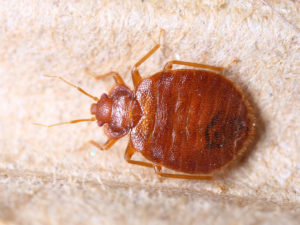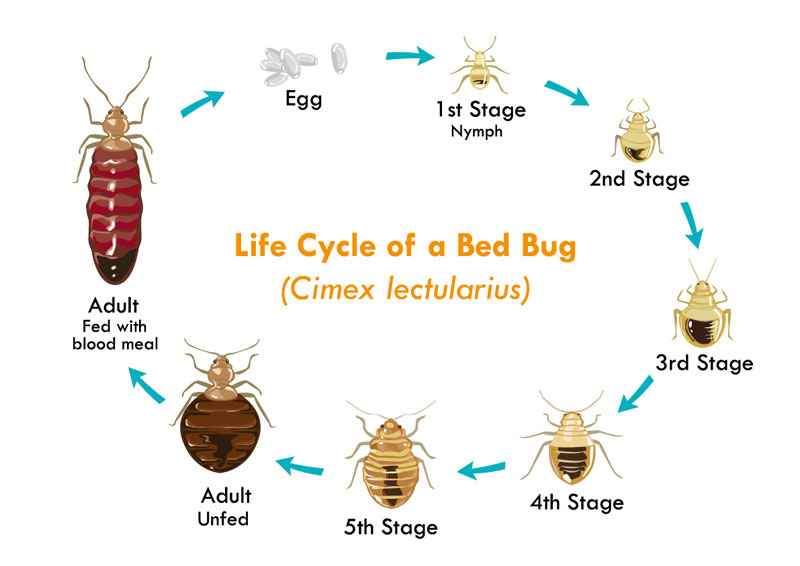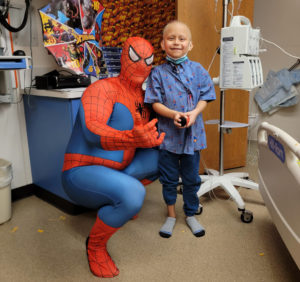Share:
The only legged creature who should be admitted is the patient
 Do you know what this bug is? Would you know what to do if you found one? This is a bed bug. Asante has a new policy, Managing Patients with Suspected or Confirmed Bed Bugs
Do you know what this bug is? Would you know what to do if you found one? This is a bed bug. Asante has a new policy, Managing Patients with Suspected or Confirmed Bed Bugs![]() (400-PCS-NURS-0965), which provides guidance on communicating and responding to a bed bug infestation.
(400-PCS-NURS-0965), which provides guidance on communicating and responding to a bed bug infestation.
This policy applies to all Asante locations in hospital-based settings, including inpatient rehabilitation, behavioral health units and cancer centers.
The policy explains how to assess, identify and isolate bed bugs.
These are small, flat, broad oval shaped, reddish-brown wingless parasitic insects that feed solely on the blood of people while they sleep. Bed bugs are wingless and do not fly or jump. They can live several months without a blood meal. The bed bug leaves the host once feeding is complete.
 This is in contrast to other infestations of humans such as lice and scabies in which the pest lives on the host. Bed bugs prefer to live in dark, hidden spaces near the host, and as such may travel with a person’s belongings. Bed bugs are not an infection, but a pest infestation, and are not known to spread disease.
This is in contrast to other infestations of humans such as lice and scabies in which the pest lives on the host. Bed bugs prefer to live in dark, hidden spaces near the host, and as such may travel with a person’s belongings. Bed bugs are not an infection, but a pest infestation, and are not known to spread disease.
Interventions for confirmed or suspected bed bugs rely heavily on actions of the nursing team in coordination with EVS and facilities to ensure the pests are confined and eradicated to protect current and future patients. See policy for details.
If you have a question, please contact the author or relevant department directly.



